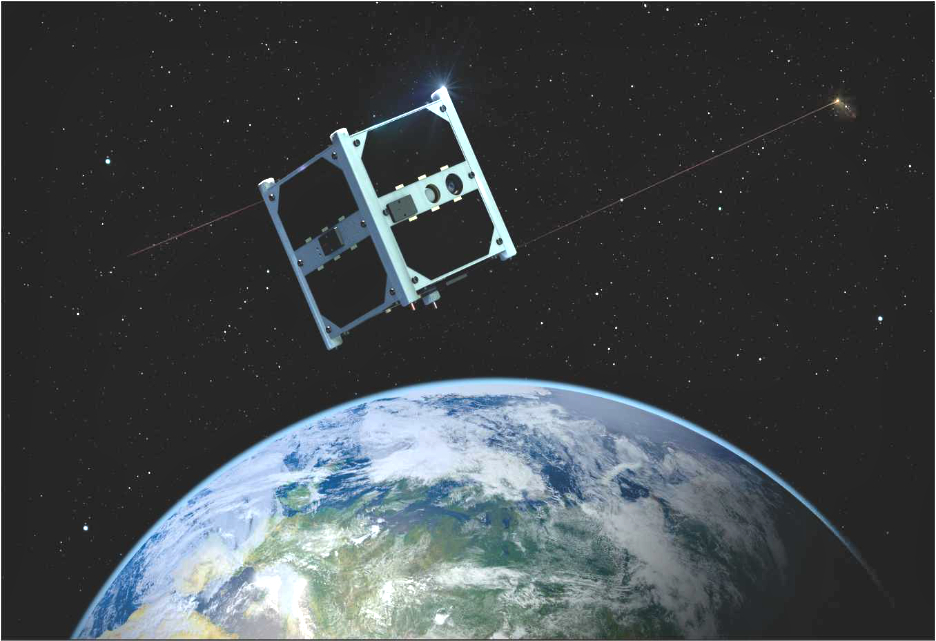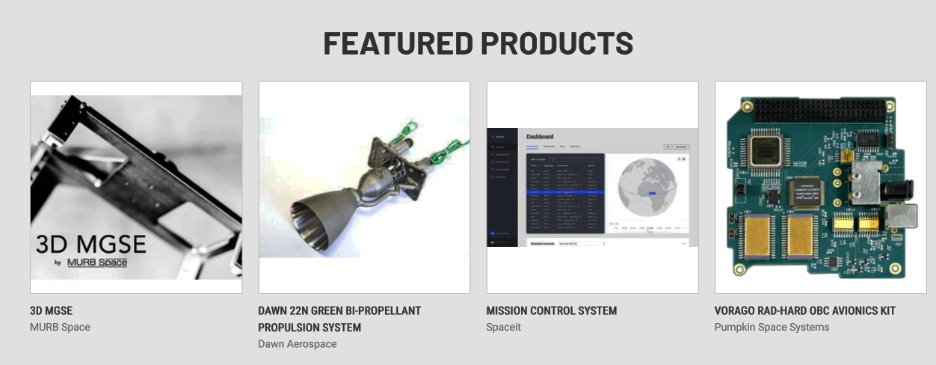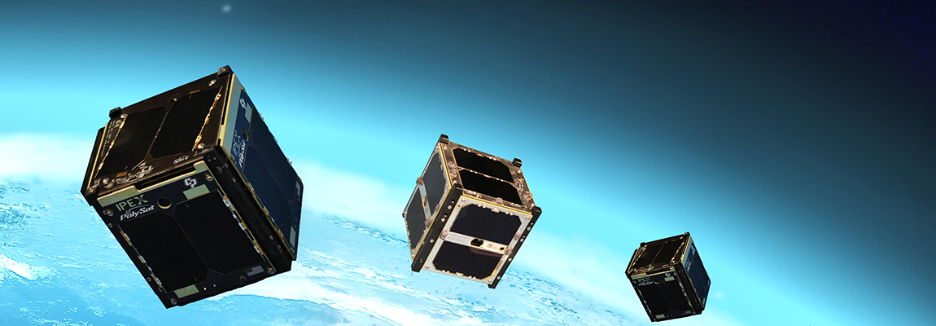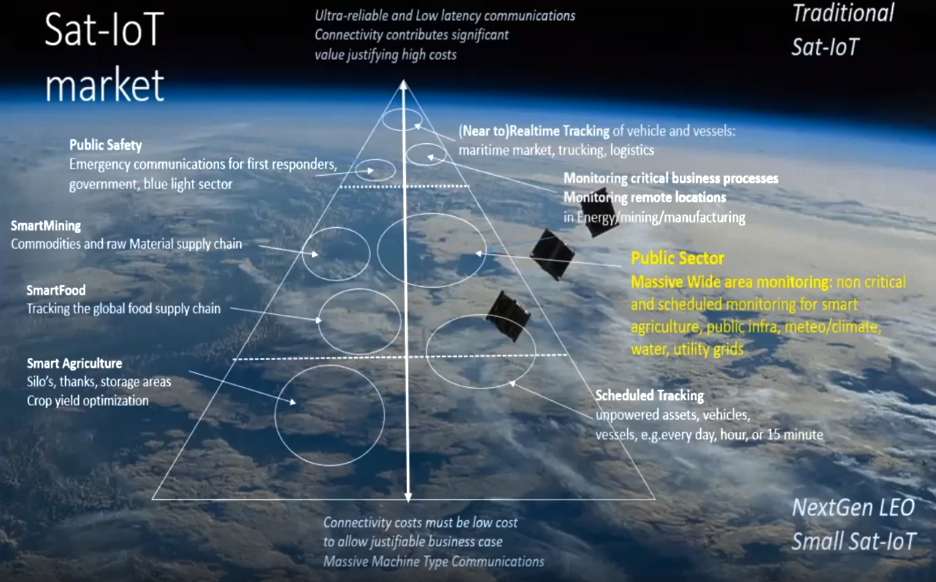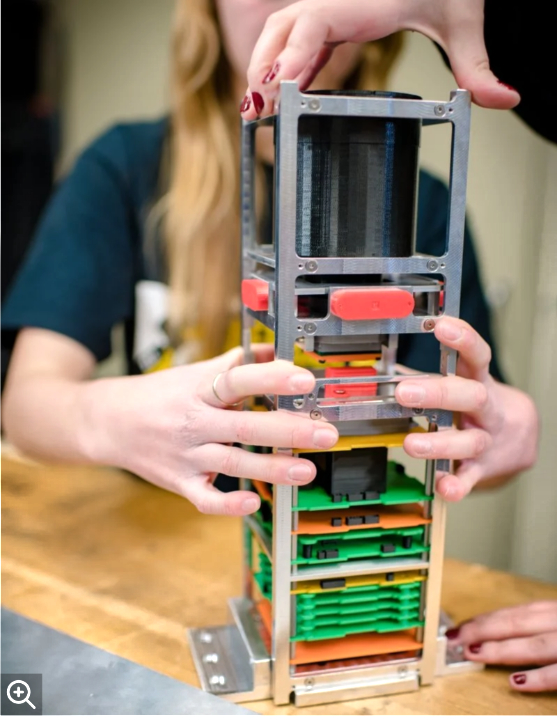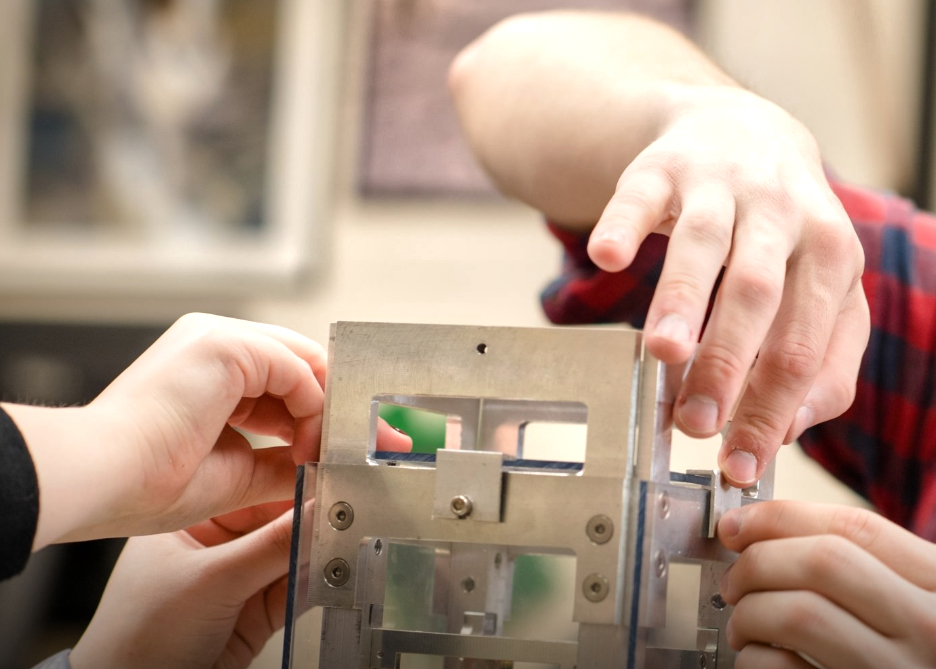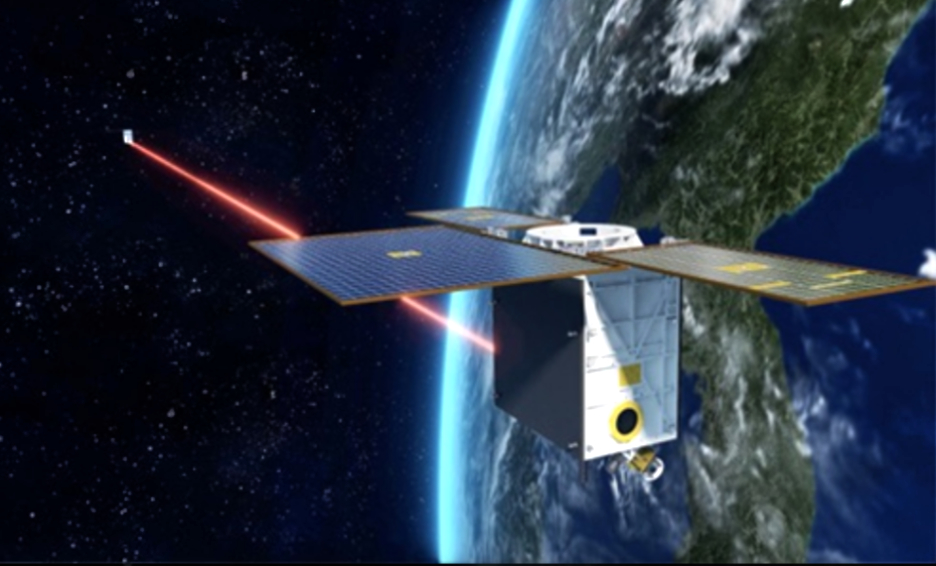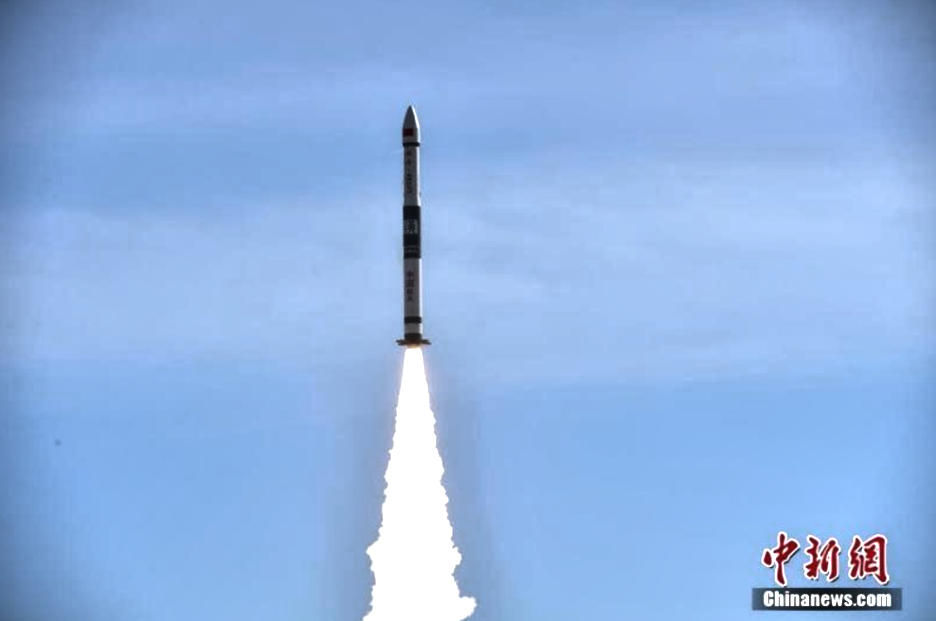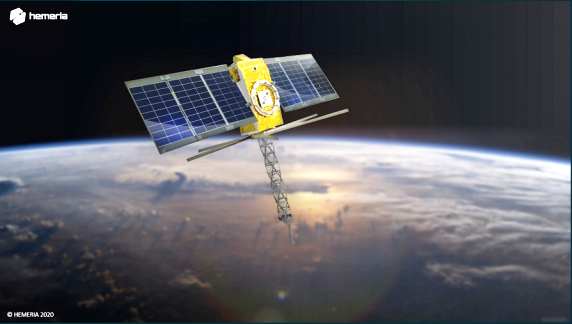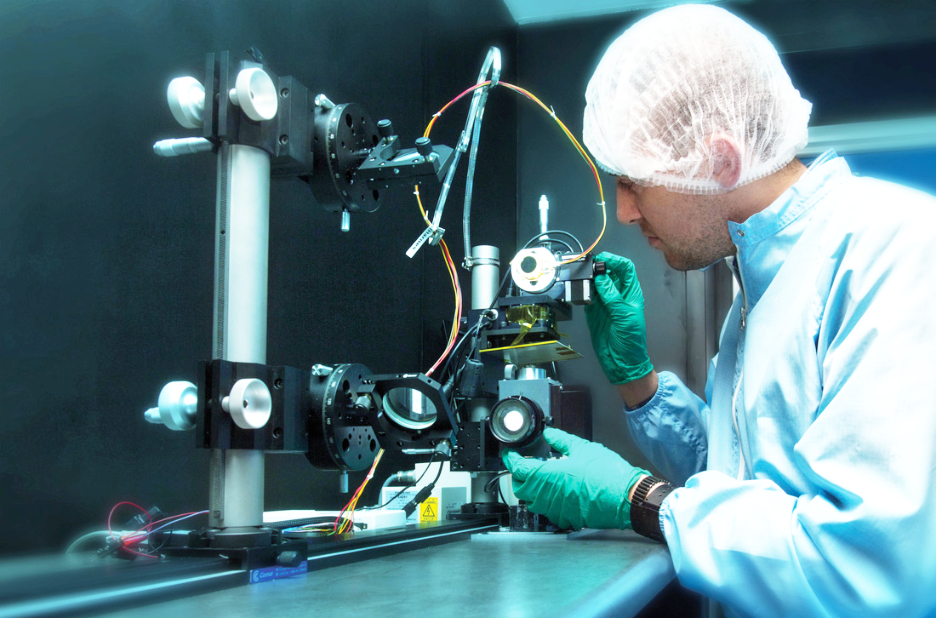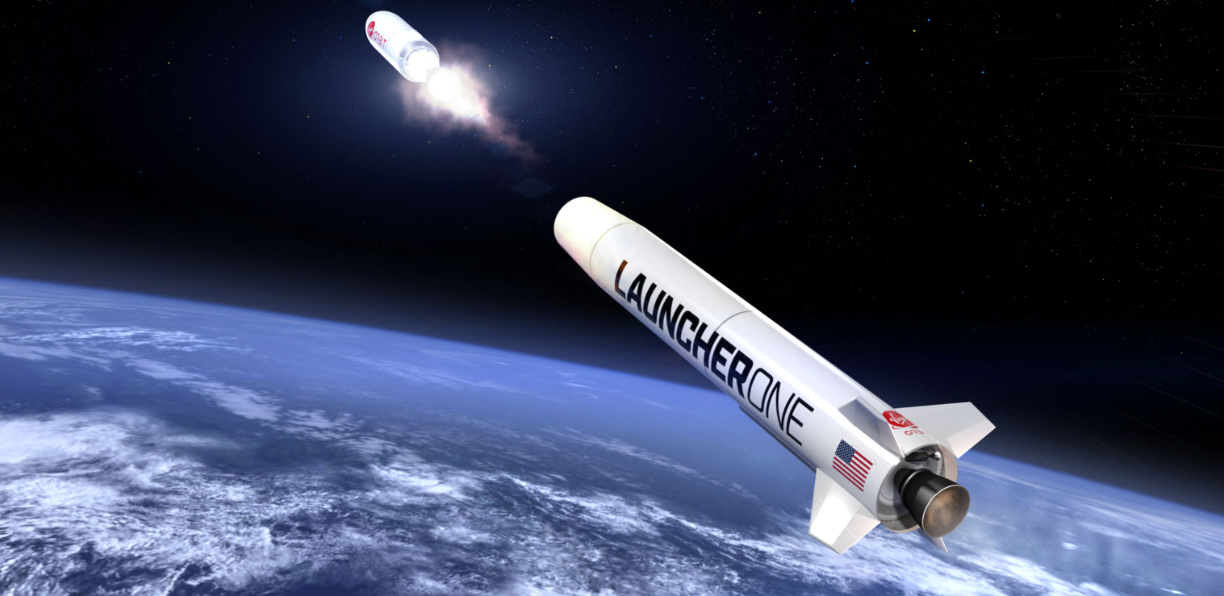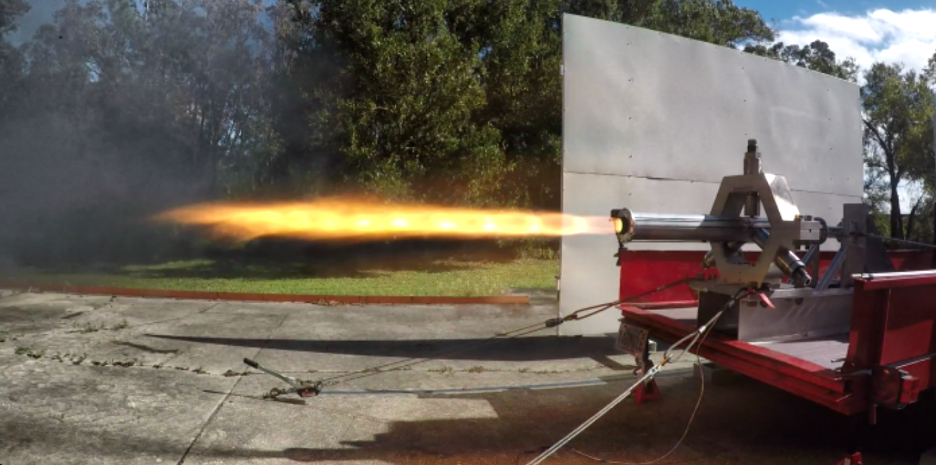
Rocket Crafters is currently developing, testing, and prototyping the STAR-3D™ hybrid engine.
Rocket Crafters, the first space launch company to use additive manufacturing to 3D print rocket fuel, has concluded testing for their Comet engine, a large-scale, proof of concept test model of the company’s STAR-3D™ hybrid rocket engine.
The tests were designed to show that the patent-pending hybrid rocket engines could scale from the laboratory to a size more commercially relevant. With 49 successful laboratory tests under their belt ranging from 250 to 500 pounds of thrust, Rocket Crafters initiated testing of the Comet 5000-pound thrust engine in February of this year.
Comet was tested three times. The first two tests were successful, closely matching the performance models that Rocket Crafters created. While still considered successful in terms of research and development, the third test experienced an overpressure anomaly, resulting in damage to the test stand and test engine.
After the anomaly, the Rocket Crafters engineering team dug deep into the hardware and recorded data to determine what had occurred and how to prevent it in future tests. After extensive analysis, it was concluded that there was an initial failure in an ancillary part of the engine. This led to a larger over-pressurization inside the combustion chamber. The team found no problems within the core STAR-3DTM engine design.
Rocket Crafters President, Robert Fabian, who is a 25 year veteran of military space and missile operations and maintenance,said this is the why of tests. Problems are found and fixed in testing, so they don’t occur on the launch pad.
With the completion of the large-scale proof of concept testing, Rocket Crafters is taking their lessons learned and applying them to their next big project — a test flight powered by a smaller version of the STAR-3DTM hybrid rocket engine. This will be Rocket Crafters’ inaugural launch of a flight engine and the first opportunity to see the performance in motion rather than bolted to a test stand.
Rocket Crafters has planned two more consecutively larger test flights into space and back to Earth and then into orbit. Not long after that, commercial service to LEO with the Intrepid smallsat launch vehicle will begin.
Rocket Crafters, based in Florida’s Space Coast, is a propulsion and launch services company, focused on producing the safest, more reliable, and affordable rocket engine ever produced. Transitioning from research into commercial relations, Rocket Crafters has developed engine technology that the space industry has long been searching for; a payload-to-orbit transport system that is not only safe and reliable, but also with pricing based upon the market and a rapid launch cadence that is driven by that safety and low cost.
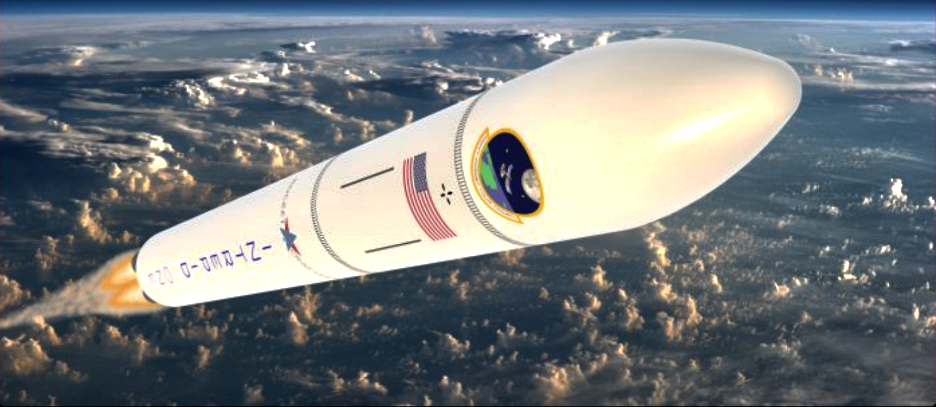
With the inaugural launch of the Intrepid™, the company will be starting their full launch services. Intrepid™ will serve the small to medium satellite market, specializing in companies that require satellites delivered safely, reliably, and in a cost effective manner to LEO.

